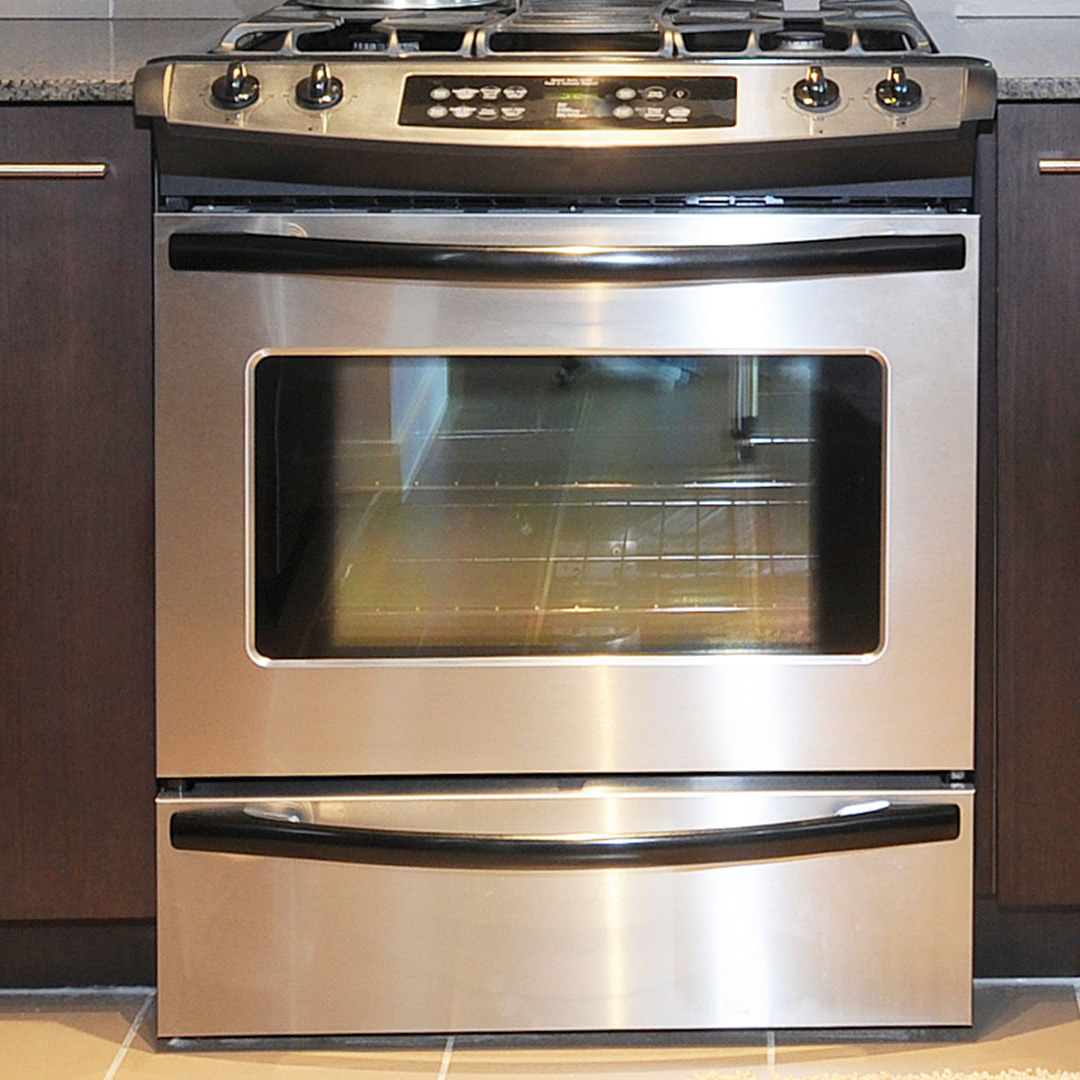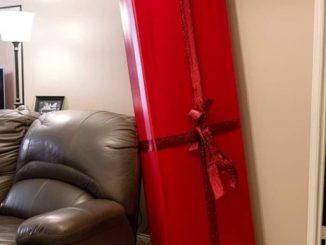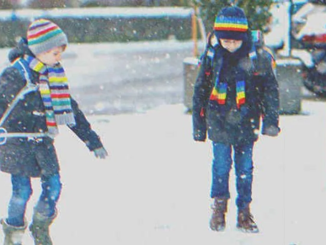Bob Newhart, the well-loved comedy legend known for starring in two famous sitcoms, has passed away at the age of 94.
His publicist, Jerry Digney, confirmed that Newhart died after a few short illnesses, according to Variety.
Newhart was a TV icon for many years, starring in two classic shows, The Bob Newhart Show and Newhart. In his later years, he also had memorable roles in the movie Elf and the TV show The Big Bang Theory.

Bob Newhart was born on September 5, 1929, in Oak Park, Illinois. He got his degree from Loyola University Chicago and served as a Staff Sergeant in the US Army during the Korean War from 1952 to 1954.
After the war, he worked as an accountant and an advertising copywriter. During this time, he developed his comedy routines. He became famous for his deadpan, soft-spoken style, playing the “straight man” in phone conversations, reacting to absurd situations.
This act made him a hit on the stand-up comedy scene and led to his hugely successful live comedy album, *The Button-Down Mind of Bob Newhart*. The album was the first comedy record to reach #1 on the Billboard Charts and became the 20th best-selling album of all time at that point.
It was also the first comedy album to win the Grammy Award for Album of the Year, and Newhart won the Grammy for Best New Artist. He continued to release successful albums throughout the ’60s and ’70s.
Newhart became a television staple and had his own variety show, *The Bob Newhart Show*, in 1961. Although it only ran for one season, it won the Emmy Award for Best Comedy Series.
His first sitcom, also called *The Bob Newhart Show*, was more successful, running for six seasons on CBS from 1972 to 1978. The show followed Newhart’s character, Chicago psychiatrist Dr. Bob Hartley, in his work and home life.

Newhart struck gold again with his second sitcom, *Newhart*, where he played Vermont innkeeper and talk show host Dick Loudon. This show ran from 1982 to 1990.
*Newhart* had one of the most memorable finales in TV history. It ended with Newhart’s character from *The Bob Newhart Show* waking up in bed next to his former co-star Suzanne Pleshette, suggesting that the entire *Newhart* series was just a dream.
Later sitcom vehicles like Bob and George & Leo had less success, running for just one season, but Newhart remained a fixture of television, with recurring roles on ER and Desperate Housewives.
He also had a memorable recurring role on the hit sitcom The Big Bang Theory as former science TV host “Professor Proton.” He won the Primetime Emmy Award for Outstanding Guest Actor in a Comedy Series for the role — the long-overdue first-ever Emmy Award for the TV legend.

Later sitcom vehicles like Bob and George & Leo had less success, running for just one season, but Newhart remained a fixture of television, with recurring roles on ER and Desperate Housewives.
He also had a memorable recurring role on the hit sitcom The Big Bang Theory as former science TV host “Professor Proton.” He won the Primetime Emmy Award for Outstanding Guest Actor in a Comedy Series for the role — the long-overdue first-ever Emmy Award for the TV legend.
Rest in peace to the comedy legend Bob Newhart, who gave us so many laughs and two classic sitcoms in his incredible career.
Please share this story in memory of Bob Newhart.
Most People Misunderstand This: What Is the Real Intent of the Drawer Beneath the Stove?


Busting the Myth about Storage
A common misconception is that the drawer under the stove is where pots and pans and other kitchen necessities are kept. This assumption, however, ignores important factors that might be, well, quite flammable.
The strong heat from the oven makes storing anything in this drawer extremely dangerous. Imagine flammable things or plastic containers becoming warm down there and eventually melting or catching fire. Certainly not the kind of warmth you’re after? Additionally, packing too much material in this area can prevent the area surrounding the stove from getting enough airflow, which could result in crumbs and debris building up and cause hygienic problems. Ouch!
Realizing Its Genuine Use: The Warming Drawer
Despite what many people think, the drawer beneath the stove is mainly used as a “warming drawer.” You did really hear correctly! Its function is to maintain food’s warmth after cooking, which is particularly helpful when preparing a large meal or entertaining. Therefore, don’t bother trying to fit your cookware in this drawer; its main purpose is to keep your culinary products warm.
Warming drawers with temperature settings keep food at the perfect temperature so it doesn’t overcook or dry out. They come in especially useful when you need to reheat side dishes while you prepare the main entrée. Consider it your own personal sauna for mashed potatoes!
Beginnings and Development
Let’s go back in time a little now, shall we? With the development of kitchen technology in the early 1900s, the warming drawer concept was born. As gas and electric stoves became more common, producers looked for cutting-edge features to enhance cooking ease. We’re all grateful for it, don’t we?
The warming drawer was first created to solve the problem of keeping meals warm without sacrificing quality, but it soon spread throughout contemporary stove designs. Its development is a reflection of the changing demands and standards of home cooks looking for practical kitchen solutions. Ah, development!
Adaptability Outside of Heating
In addition to maintaining food temperature, the warming drawer can be used for a variety of culinary chores.
In summary
There you have it, then! The drawer beneath the stove plays a crucial function as a warming drawer, while being sometimes misinterpreted as a storage area. You may improve the way you cook, efficiently regulate the temperature of your food, and enjoy dining in your house when you accept its intended use. Accept its adaptability and enjoy the advantages it provides for your cooking pursuits. And never forget that a warming drawer keeps your culinary secrets wonderfully warm in addition to serving as a spot to conceal them!



Leave a Reply